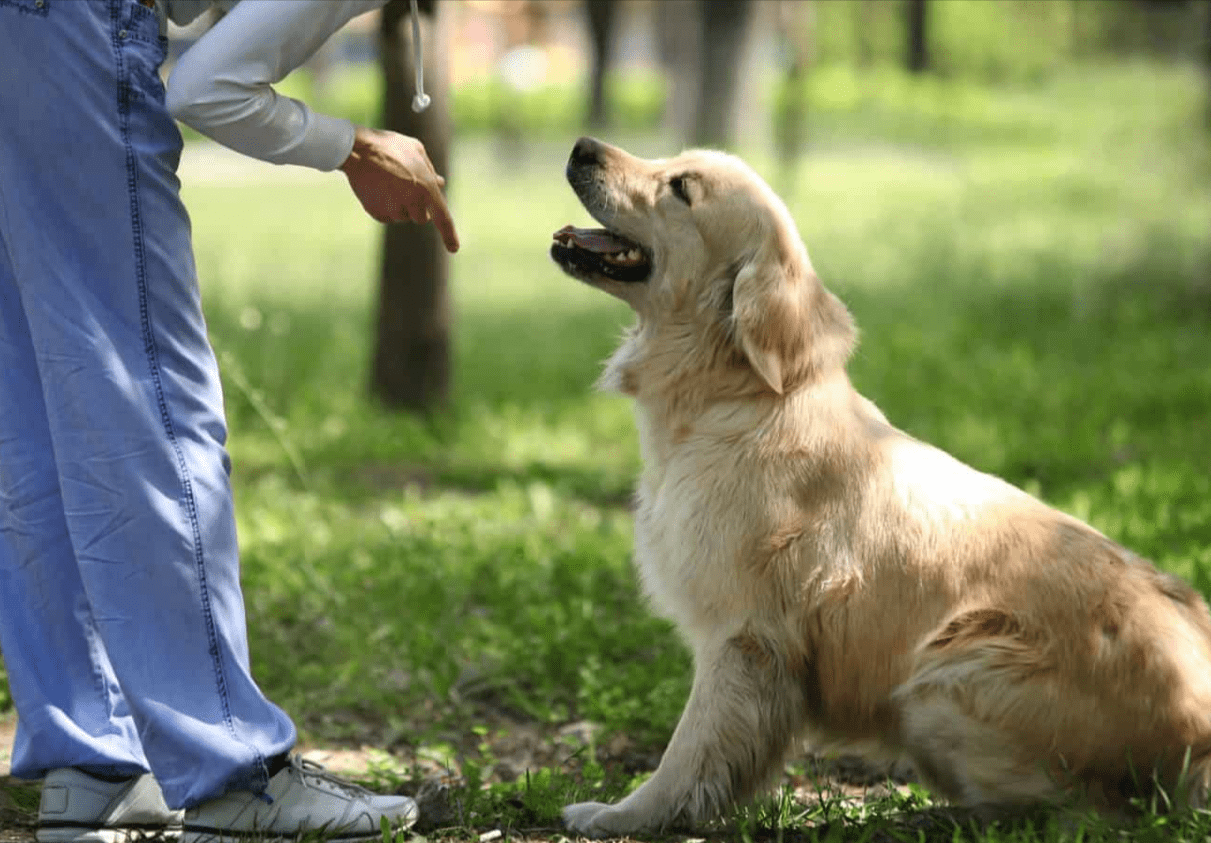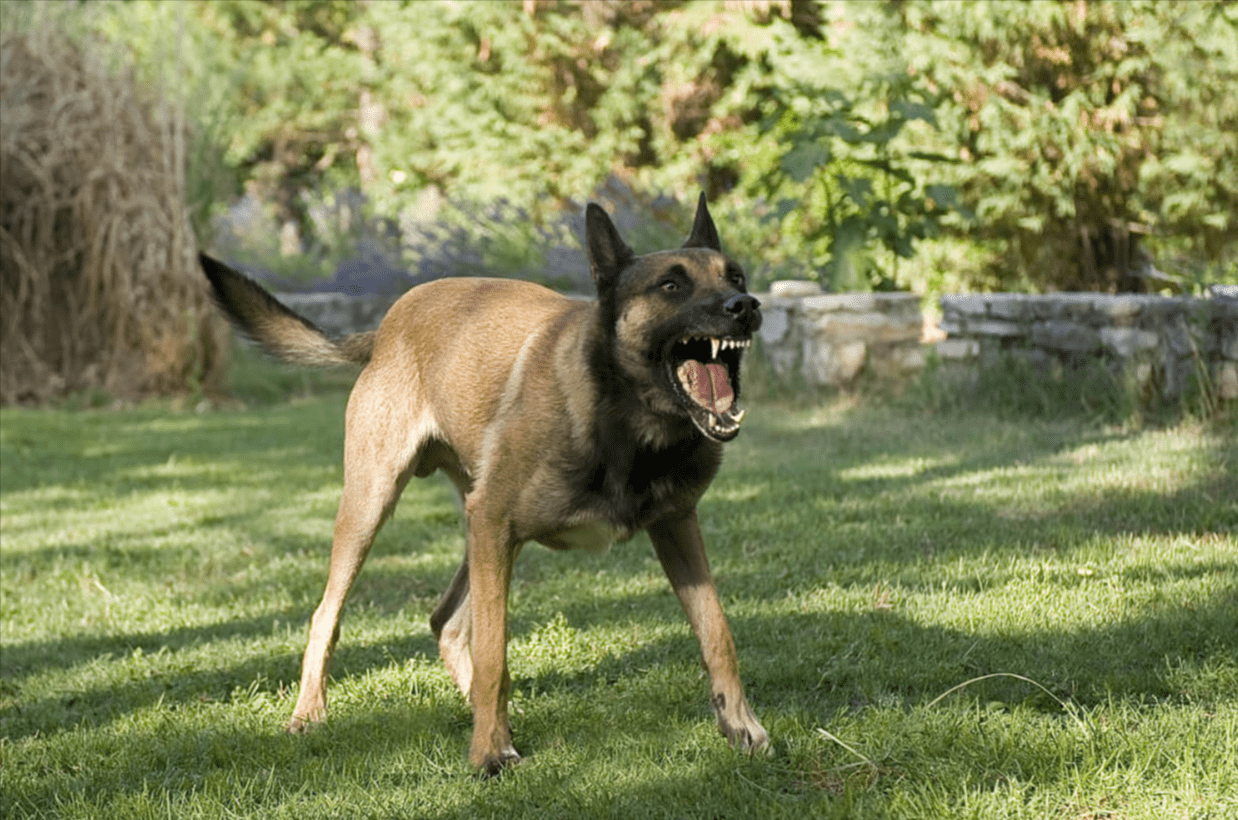Basic Obedience Training Tips for dog owners: Dog ownership involves numerous responsibilities, such as providing a nutritious diet, ensuring adequate exercise, and keeping up with regular veterinary check-ups. However, one aspect that pet owners might overlook is the importance of obedience training.
Teaching your dog commands like sit, lie down, stay, and come not only simplifies your responsibilities as a pet owner but can also be crucial in emergency situations. Once you master effective obedience training techniques at home, it can become an enjoyable and beneficial activity for both you and your furry companion.
Basic Dog Training Commands to Know
Begin with basic commands like “come,” “sit,” “lie down,” and “stay.” These fundamental commands are likely to be useful in everyday situations.
How to Effectively Train Your Dog to Come When You Call?
While many pet owners begin with teaching the sit command, a highly effective training tip for beginners is to start with the come command. This command is crucial for ensuring your dog’s safety and is one of the simplest commands to teach. Training your dog to come when called can be incredibly beneficial for keeping them secure and is an essential skill for any well-behaved pet.
To train your dog to come on command, start by praising them when they naturally move towards you and use the word “come” during this moment. This positive reinforcement helps them associate the command with the desired action. Additionally, you can practice the command using a dog training lead in your backyard or another safe outdoor area to reinforce the behavior.
How to Teach Your Dog to Sit?
Once your dog has successfully learned the come command, the next step in their basic obedience training is to teach them how to sit. This command is fundamental for many other commands and is crucial for promoting good behavior. For example, a dog that reliably sits on command will be less likely to jump on guests.
To teach your dog to sit, start by holding a treat close to their nose, then gradually move it upwards over their head. This motion will typically prompt your dog to follow the treat with their eyes and nose, leading them to naturally assume a sitting position. As soon as your dog begins to sit, say “sit” and give them the treat as a reward. Practice this several times to reinforce the command.
Training Your Dog to Lie Down
Once your dog has mastered the sit command, you can begin teaching them to lie down. Start with your dog in the sitting position. Instead of moving the treat over their head, lower it gradually in front of their nose. This will encourage your dog to lower their body to reach the treat. As soon as your dog is in the down position, say “down” and give them the treat. It’s best to use the shorter command “down” rather than the longer phrase “lie down,” as dogs typically find single-syllable commands easier to learn.
Training Your Dog to Stay in Place
Once your dog has mastered the sit and lie down commands, you can introduce the stay command. This command, along with down, is particularly useful for helping to calm an excited dog.
To train your dog to stay, start by having them sit. Next, extend your palm outward as if signaling them to halt. Use the command “stay” consistently while your dog remains in place. After a few seconds, approach your dog and reward them with a treat for their good behavior. Gradually lengthen the duration before giving the reward to reinforce the command.
With consistent practice, most dogs can be trained to stay in place for several minutes.
Train with Positive Reinforcement
When training your dog at home, there are various methods to choose from, but positive reinforcement is universally crucial. Praising your dog enthusiastically and offering a treat, like a dog biscuit, helps them grasp that they’ve performed the desired behavior. Most dogs are eager to please their owners, and almost all will put in effort to earn a reward.
Maintain a positive tone during every training session. It’s important to avoid training your dog when you’re feeling frustrated or upset, as dogs are highly sensitive to human emotions. They can pick up on your mood, which might negatively impact the effectiveness of the training session.
Avoid yelling at or punishing your dog for failing to comply during training. Maintaining a positive approach will make the training process more enjoyable for your pet. A dog that finds training fun will be more eager to continue learning. In contrast, harsh reactions can lead to frustration, making training more difficult.
Develop a Regular Training Schedule
One crucial tip for dog training beginners is to keep sessions short and engaging. Dogs, especially puppies, have limited attention spans and may only concentrate on training for around five minutes at a time. Older dogs might stay focused for 15 to 20 minutes. To prevent boredom and maintain interest, incorporate breaks with playtime or exercise. This approach not only keeps your dog engaged but also serves as a reward for their efforts.
You can incorporate dog training into your daily routine, ideally conducting several short sessions each day. Consistent, brief training periods tend to yield the best results. By dedicating just five minutes a day to training, you’ll make significant progress and both you and your dog will become more skilled.
When to Consider Professional Dog Training?
As you focus on basic obedience training at home, you might consider whether seeking assistance from a professional dog trainer is beneficial. Joining a training class with your dog can be an excellent starting point. However, remember that the trainer’s main role is to educate you, the pet parent, on how to train your dog effectively. By acquiring these training skills yourself, you can apply them at home and build a stronger bond with your furry companion.
Participating in a training class is also a great way to socialize your dog. Just as you enjoy connecting with other pet owners, your dog will benefit from meeting and interacting with other dogs. This experience provides your pet with valuable opportunities to learn positive social skills and interact well with other dogs.
Additionally, attending a weekly class can help you establish a consistent training routine. For example, knowing you’ll be going to a class every Wednesday evening can motivate you to dedicate time for the daily practice sessions assigned as homework by the trainer.
Perfect Your Dog’s Obedience Skills
Once you and your dog master the basics of obedience training, you can advance to more complex tricks. With consistent practice and these foundational dog training tips, your efforts will lead to impressive results over time.




